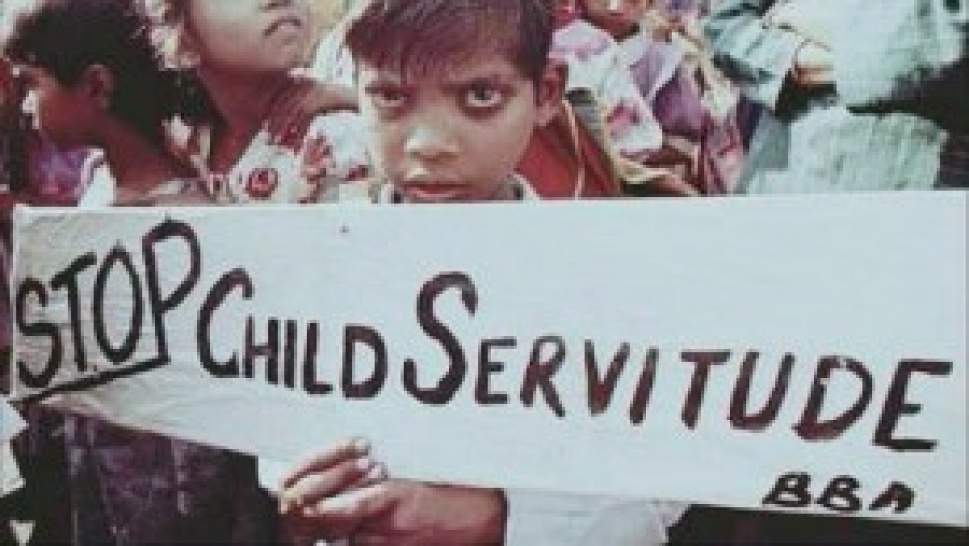168 million girls and boys between the ages of 5 and 17 across the world are child labourers. They have little or no time to play; are often deprived of quality education and many do not receive proper nutrition or care. They are denied the chance to be children.
The ILO’s International Programme on the Elimination of Child Labour (IPEC) is the world’s largest programme for combating child labour.

Some facts about child labour:
Global number of children in child labour has declined by one third since 2000, from 246 million to 168 million children. More than half of them, 85 million, are in hazardous work (down from 171 million in 2000).
Asia and the Pacific still has the largest numbers (almost 78 million or 9.3% of child population), but Sub-Saharan Africa continues to be the region with the highest incidence of child labour (59 million, over 21%).
There are 13 million (8.8%) of children in child labour in Latin America and the Caribbean and in the Middle East and North Africa there are 9.2 million (8.4%).
Agriculture remains by far the most important sector where child labourers can be found (98 million, or 59%), but the problems are not negligible in services (54 million) and industry (12 million) – mostly in the informal economy.
Child labour among girls fell by 40% since 2000, compared to 25% for boys.
Global estimates and trends of child labour 2000-2012
Child protection from violence, exploitation and abuse
There are many forms of child labour worldwide. Children are engaged in agricultural labour, in mining, in manufacturing, in domestic service, types of construction, scavenging and begging on the streets. Others are trapped in forms of slavery in armed conflicts, forced labour and debt bondage (to pay off debts incurred by parents and grandparents) as well as in commercial sexual exploitation and illicit activities, such as drug trafficking and organized begging and in many other forms of labour. Many of these are “worst forms” of child labour as they are especially harmful, morally reprehensible, and they violate the child’s freedom and human rights. Child labour tends to be concentrated in the informal sector of the economy. For some work, children receive no payment, only food and a place to sleep. Children in informal sector work receive no payment if they are injured or become ill, and can seek no protection if they suffer violence or are maltreated by their employer.




Share the News